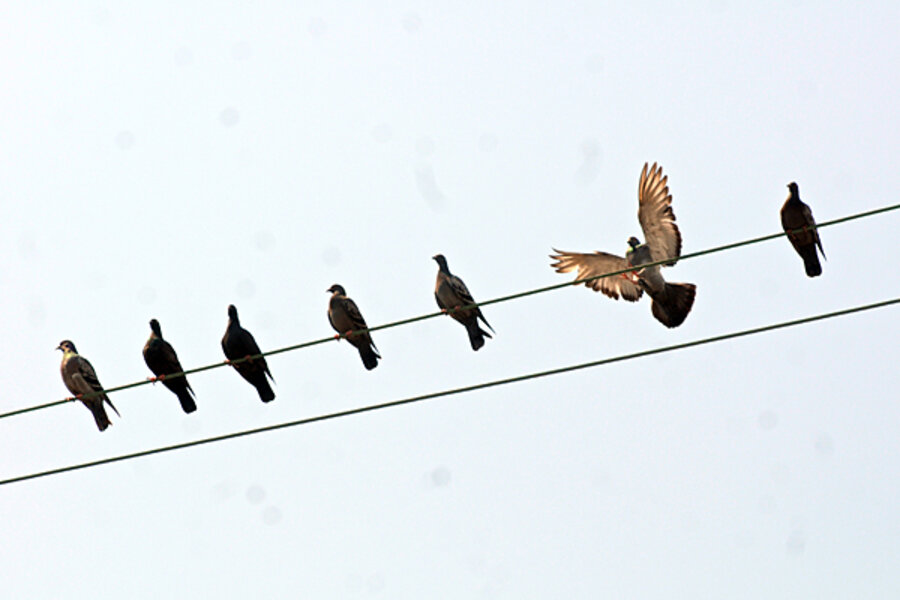Honduras: Contraceptive may be handed out at Catholic church...to pigeons
Loading...
There's a legal battle brewing in Tegucigalpa between the Catholic Diocese and pigeon lovers from La Casa de Noé.
The historic cathedral in Tegucigalpa was renovated in 2009. At that time the Honduran Institute of Anthropology and History (IHAH), as part of its mission to protect the national patrimony, installed nets designed to keep pigeons from roosting on the historic structure. Their nests damage the building, and their excrement is corrosive.
Now, La Casa de Noé [The House of Noah] claims that the nets are killing hundreds of pigeons, and that constitutes animal cruelty.
It's not just the Catholic Diocese and IHAH that want to keep the pigeons out. The city has cut down all of the trees near the cathedral, removing nesting sites for pigeons.
In a solomonic decision, the director of SERNA, the natural resources and environmental ministry of the Honduran government, in decree 686-2012, ordered that the netting on the right-hand side of the cathedral be removed because it was hurting the pigeons and their decomposing bodies damaged the environment.
The problem appears to be that the mesh is too big. Pigeons can become trapped in the holes in the mesh and die there, or so the spokesperson for La Casa de Noé, Silvia Alfaro, claims.
When she complained to the Environmental commission and the Institute for Forestry Conservation, (ICF) they informed her that pigeons were not endangered in Honduras.
Why only the net covering the right hand side of the building needs to be removed is not clear, but a possible solution is: install netting with a smaller mesh, so that the pigeons cannot become trapped in the mesh. The ICF has proposed to begin feeding the existing pigeon population with contraceptive feed.
That would allow both the cathedral and the pigeons to peacefully co-exist. But will it satisfy La Casa de Noé?
– Russell Sheptak, the co-author of the blog Honduras Culture and Politics, specializes in the study of colonial history and economic anthropology in this little-reported corner of Central America.





